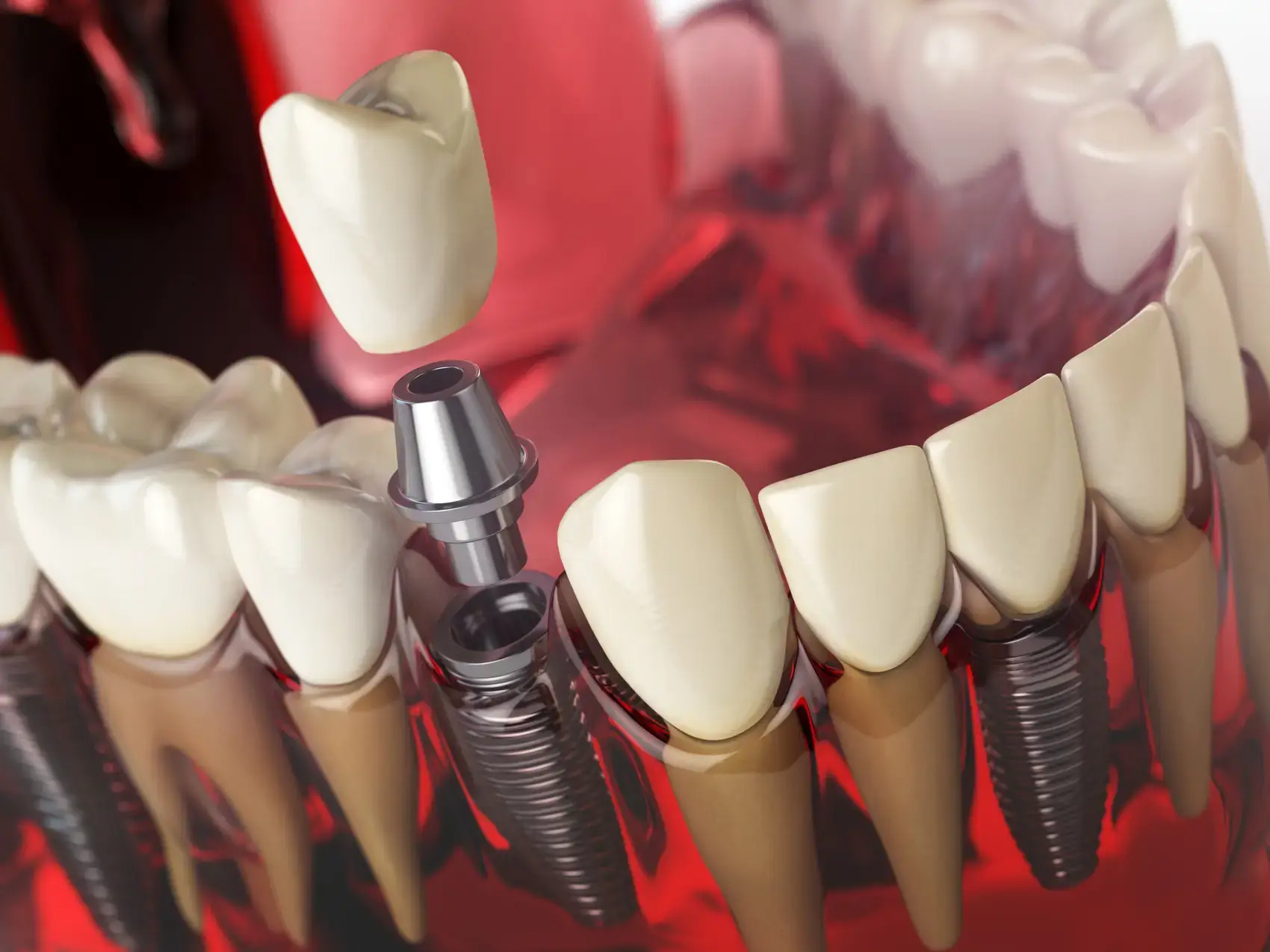Flossing
Flossing is a key aspect of dental maintenance which functions in combination with brushing to remove food particles and plaque from in between teeth and also beneath the gum line. Though brushing is an effective way to clean the areas of your teeth that can be reached easily, however flossing gets to the areas of your teeth that are difficult to reach using a toothbrush.
Utilizing the right technique while flossing helps prevent gum disease, tooth decay, through removing plaque before it turns into tartar. Maintaining long-term dental wellness requires both brushing and flossing as an essential component of your daily routine.
Types of Dental Floss: Choosing the Right One
There are many various types of floss on the market, depending on various factors like wax coating, holder, etc.
-
Waxed and Non-Waxed Floss: Waxed floss glides more easily between teeth that are close together. A squeaking sound produced by unwaxed floss against clean teeth is an indication of effective plaque removal.
-
Dental Tapes: These may be easier for those who have more space in their teeth.
-
Floss Holders: Ideal for individuals with poor dexterity or difficulty reaching specific areas of their mouth, these devices can hold the floss for you.
-
Rigid Dental Floss: Made for individuals who use orthodontic appliances or dental bridges. It has a hard part which makes it simpler.
-
Water Flossers: As a substitute to regular flossing, water flossers use a stream of water to clean in between teeth and along the gum line. Oral bridges, orthodontic wires, and other dental equipment can be cleaned using this.
Step-by-Step Guide to Flossing Properly
Follow these steps to ensure effective flossing:
-
With an initial length of around 18 inches, wrap majority of the floss around your middle fingers, reserving a few inches free for extra uses.
-
Tighten the floss between your thumbs and index fingers, and slide it gently back and forth between two teeth.
-
Curl the floss around each tooth in a 'C' shape, then glide it up and down the tooth's side and underneath the gum line.
-
With a fresh piece of floss, repeat this procedure for every tooth as you move from one to another.
-
Make sure that you thoroughly floss all of your teeth, particularly the backs of your molars.
-
After flossing, rinse your mouth with water to get clear of any debris that got free.
-
After every usage, dispose of used floss to avoid bacterial infection.
Maintaining a Healthy Smile with Flossing
Incorporating flossing into your daily oral care routine helps reduce the risk of plaque buildup, gum inflammation, and long-term dental issues. Whether you use traditional string floss, floss picks, or water flossers, consistency is the key to maintaining healthy gums and teeth.
You May Also Like
These Related Stories

Teledentistry.com and Lane Health Forge Partnership to Expand Access to Quality Healthcare in America

Dental Implants


